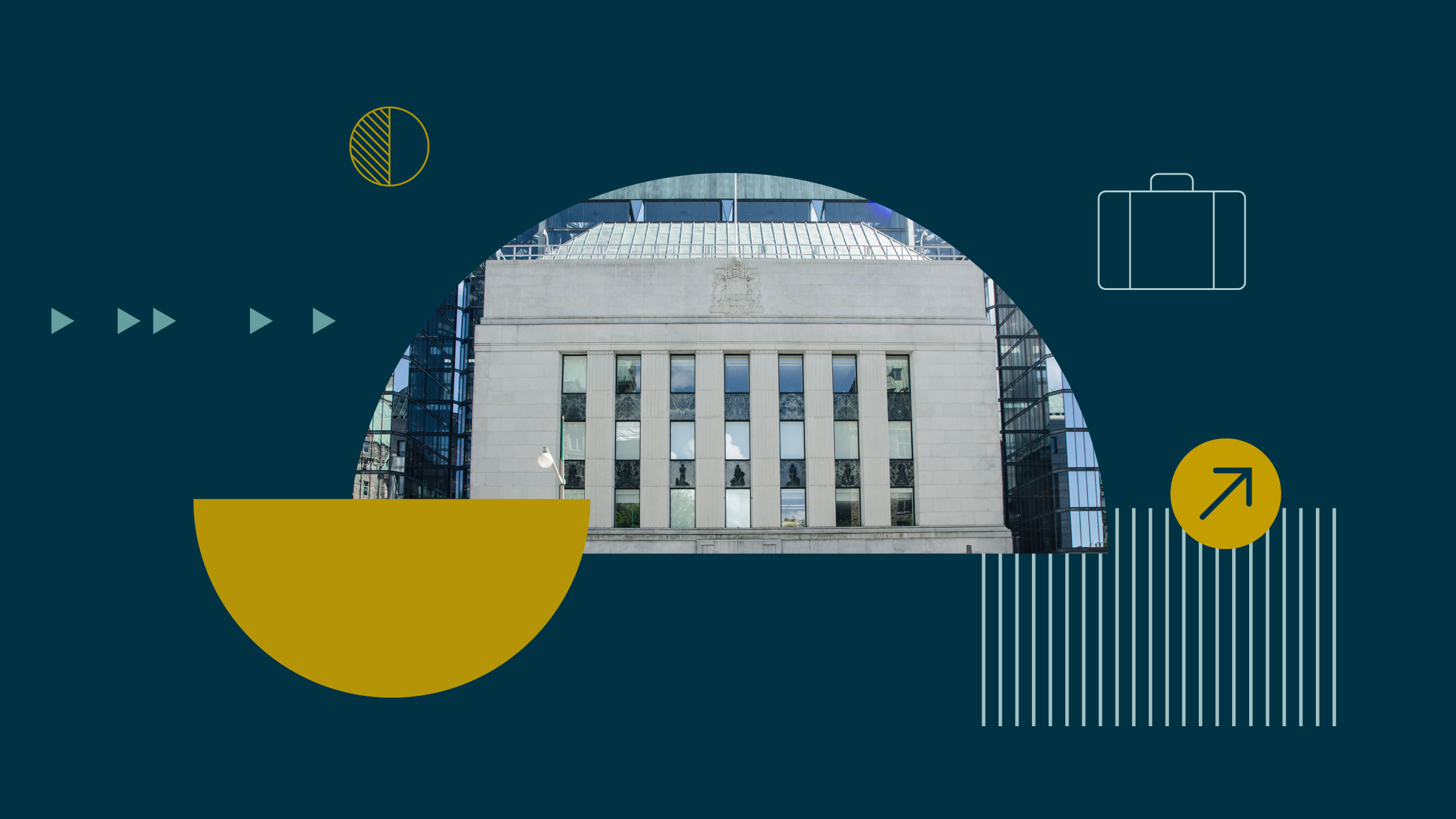
Morningstar uses the Sustainalytics ESG Risk Rating to better understand companies' sustainability practices. The Sustainalytics rating looks at a company's exposure to industry-specific, financially material ESG risks and factors in how well the company manages those risks. Each company is given a score and is classified as having risk level that is Negligible, Low, Medium, High, or Severe compared with its industry peers.
The Morningstar US Sustainability Leaders Index includes only companies with the strongest risk ratings--primarily companies with Negligible and Low ESG Risk Ratings.
We sorted the index to see which of the best-in-class sustainability stocks currently trade at the biggest discounts. Here are the nine most undervalued names in the index, all with Morningstar Ratings of 4 or 5 stars. All of these companies have also earned Morningstar Economic Moat Ratings of narrow or wide:
Salesforce (CRM)
"For Salesforce overall, we assign a wide moat rating that arises primarily from switching costs, with support from a network effect as well.
“Salesforce remains the clear leader in salesforce automation (Sales Cloud). The company has gone from no product to 33% market share over the past 20 years. Customers and industry observers alike view Salesforce.com as the clear front-runner in a category that increases the productivity of sales representatives. In other words, this is mission-critical software that helps drive revenue for users. We believe this segment enjoys a wide moat--indeed the widest moat as a stand-alone product among Salesforce's four cloud solutions. A variety of industry data points clearly indicate the Sales Cloud SFA solution is a best-of-breed solution, which by itself creates a certain amount of organizational inertia, as IT managers and executives engage in self-serving behavior. That is, they can jeopardize their own careers by pushing to switch from a leading solution that is functioning well and meeting their corporate needs. We believe customers are also reluctant to switch away from Sales Cloud because of the time, expense, and risk of implementing new applications and migrating data and the time, expense, and lost productivity of retraining the workforce on a new platform. SFA is a revenue-driving initiative and therefore is critical to users. The organizational risk of making a change is high, in our view."
--Dan Romanoff, senior equity analyst
Adobe (ADBE)
"For Adobe overall we assign a wide moat, arising from switching costs and network effects. Based on the company's segments, we believe digital media has a wide moat from switching costs and network effects, digital experience has a narrow moat arising from switching costs, and publishing has a narrow moat from switching costs.
"Digital media represents approximately 70% to 75% of revenue. This segment contains Creative Cloud, which is nearly 50% of revenue, and Document Cloud, which is approximately 10% of revenue. While both product groups generate strong revenue growth, growth in Creative Cloud is materially higher. Creative Cloud is composed of the iconic products Photoshop, Premiere, Illustrator, InDesign, After Effects, Fireworks, XD, and Dreamweaver, among others, and a variety of mobile versions of these products and additional discrete mobile solutions. Document Cloud consists of the Acrobat family of products, including Scan and Sign."
--Dan Romanoff, senior equity analyst
Air Products & Chemicals (APD)
“We assign Air Products a narrow moat rating. Air Products operates in an industry that is inherently moaty because of high switching costs. Although industrial gases are essentially commodities, they are a crucial input in many industries. Since gas typically represents only a fraction of total costs, customers are often willing to pay a premium and enter into long-term contracts with reputable distributors to ensure uninterrupted supply. As such, public industrial gas companies have historically earned returns in excess of their cost of capital, and we believe these lucrative profits will persist."
--Krzysztof Smalec, equity analyst
AT&T (T)
"AT&T has slimmed down over the past two years, undoing the majority of the strategic moves made during the prior decade. At its peak, we estimate the firm had roughly $450 billion of invested capital employed in the business ($300 billion excluding goodwill). With the conversion of DirecTV into an equity investment and the spinoff of WarnerMedia, invested capital now stands around $330 billion ($250 billion excluding goodwill), with investment in wireless spectrum partially offsetting the divested assets.
"We don't believe AT&T enjoyed material synergies between its telecom and media operations, and we were happy to see these assets split into entities that will have greater strategic flexibility and focus. We award AT&T a narrow moat based primarily on cost advantages within the wireless business. Elements of efficient scale also benefit both the wireless and fixed-line businesses."
--Michael Hodel, director of equity research, media and telecom
Disney (DIS)
"We assign Walt Disney a wide economic moat rating. Its media networks segment and collection of Disney-branded businesses have demonstrated strong pricing power in the past decade. We believe that the addition of the entertainment assets from 21st Century Fox should help the firm continue to generate excess returns on capital despite operating in the increasingly competitive media marketplace.
"One of our guiding premises in media is that the value of content continues to increase even as the distribution markets mutate. Despite changes in distribution, pay-television penetration remains at above 75% of U.S. households. Even without a pay-television subscription, most cord-cutters still consume video content, and many use antennas to capture signals, providing content creators with an additional avenue to generate revenue from these viewers. Over-the-top providers like Netflix and Amazon Prime are creating their own content, and other large media firms like Disney and WarnerMedia are going direct to consumer. However, these services require deep libraries to gain and retain subscribers, and many of them are looking for third-party content to supplement their own original content. Given the ongoing demand for content, we believe content creation is not a zero-sum game, as high-quality content will always find an outlet."
--Neil Macker, senior equity analyst
Aptiv (APTV)
"We have assigned Aptiv a narrow economic moat rating. Intangible assets and switching costs (and, to a lesser extent, cost advantage) are the sources from which the company derives its economic moat. The intangible asset moat source flows from a product pipeline continuously filled with intellectual property development and the ability to commercialize these new technologies, as well as contractual long-term, highly integrated engineering relationships between Aptiv and automaker customers. Contractual supply agreements, which include vehicle development, last for six years on the low side and 14 years on the high side."
--Richard Hilgert, senior equity analyst
Comcast (CMCSA)
"We believe Comcast possesses a wide moat, resulting from the strength of its core cable business. The majority of U.S. homes today can receive fixed-line internet access service from only two providers: traditional cable or phone companies. Across nearly half of the United States, that cable company is Comcast. The cost to enter this market is enormous. While technological developments have made it possible to build more efficient and reliable networks than legacy providers possess, deploying these technologies still requires heavy construction spending, while also overcoming the regulatory hurdles that municipalities often impose. Assuming successful network construction, entrants then face steep customer acquisition costs and startup losses as they attempt to gain share, typically with a modestly differentiated product in a rapidly maturing market. Several firms have attempted to enter the fixed-line market over the years, but failures far outnumber successes. Most notably, Alphabet (GOOGL) sharply curtailed its Google Fiber plans in 2016 after six years of effort ended with likely less than 1% of the U.S connected, despite the firm's deep pockets.”
--Michael Hodel, director of equity research, media and telecom
Booking Holdings (BKNG)
"We see a durable network effect in the online travel industry as driving Booking's narrow moat. Booking established its moat with the Booking.com acquisition in 2005. Using its size, Booking was able to increase spending to promote Booking.com to both hoteliers and travelers. For travelers, Booking.com was intriguing because it offered agency bookings, which allowed them to pay after a hotel visit versus having to pay up front with merchant bookings. This helped drive increased customer traffic (the demand side of the network effect equation), which in turn drove hotel inventory to the website (the supply side of the network effect equation). This created a positive virtuous cycle at a time when no other competitor had begun to build scale in Europe; customers joined and hoteliers joined, which drove further hotel inventory and customer traffic."
--Dan Wasiolek, senior equity analyst
Microsoft (MSFT)
“For Microsoft overall we assign a wide moat rating arising from switching costs, network effects, and cost advantages. We believe that Microsoft's different segments and products benefit from different moat sources.
“Microsoft Windows' wide moat is supported by high switching costs and a network effect. Windows accounts for approximately 18% of total revenue and is growing in the mid-single-digit area. It enjoys an 83% global market share for PC operating systems. Apple (AAPL) has the next largest share at 13%. The only other realistic alternatives are Linux and Chrome. We believe Windows has very slowly been bleeding market share with the rise of Apple and the introduction of some alternative PC operating systems. Despite a slow bleed of market share over a decade, Windows revenue has grown for three consecutive years. We simply do not believe there is a viable OS alternative. Additionally, other than IT managers and CIOs, PC users overwhelmingly do not contemplate their operating system."
--Dan Romanoff, senior equity analyst






















